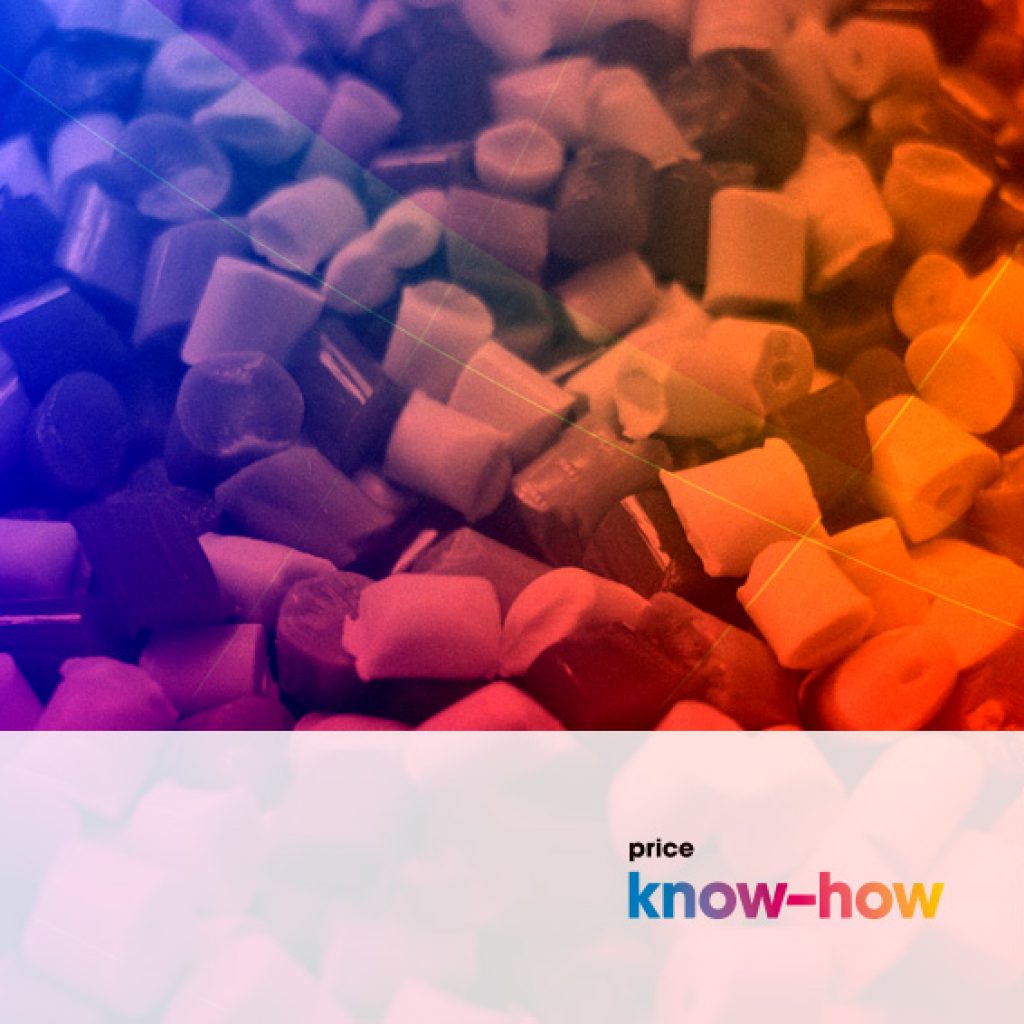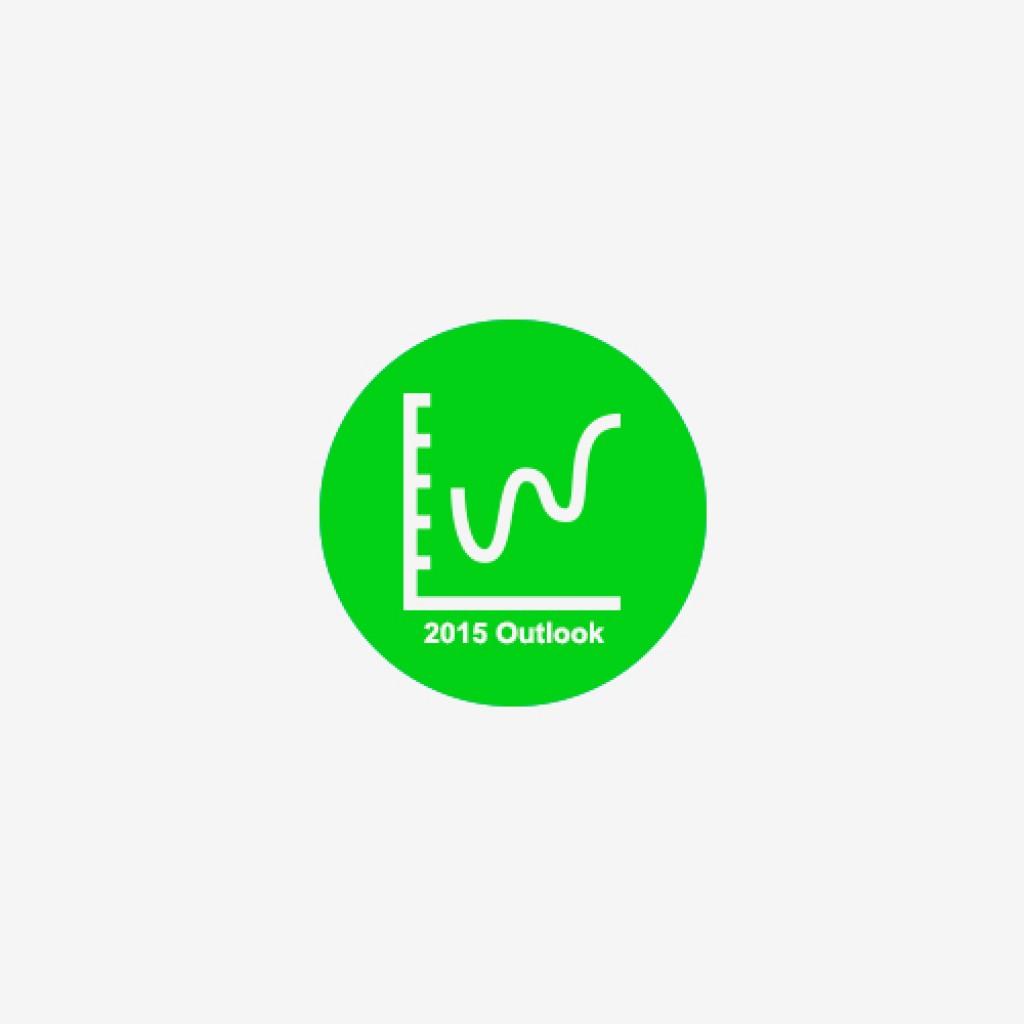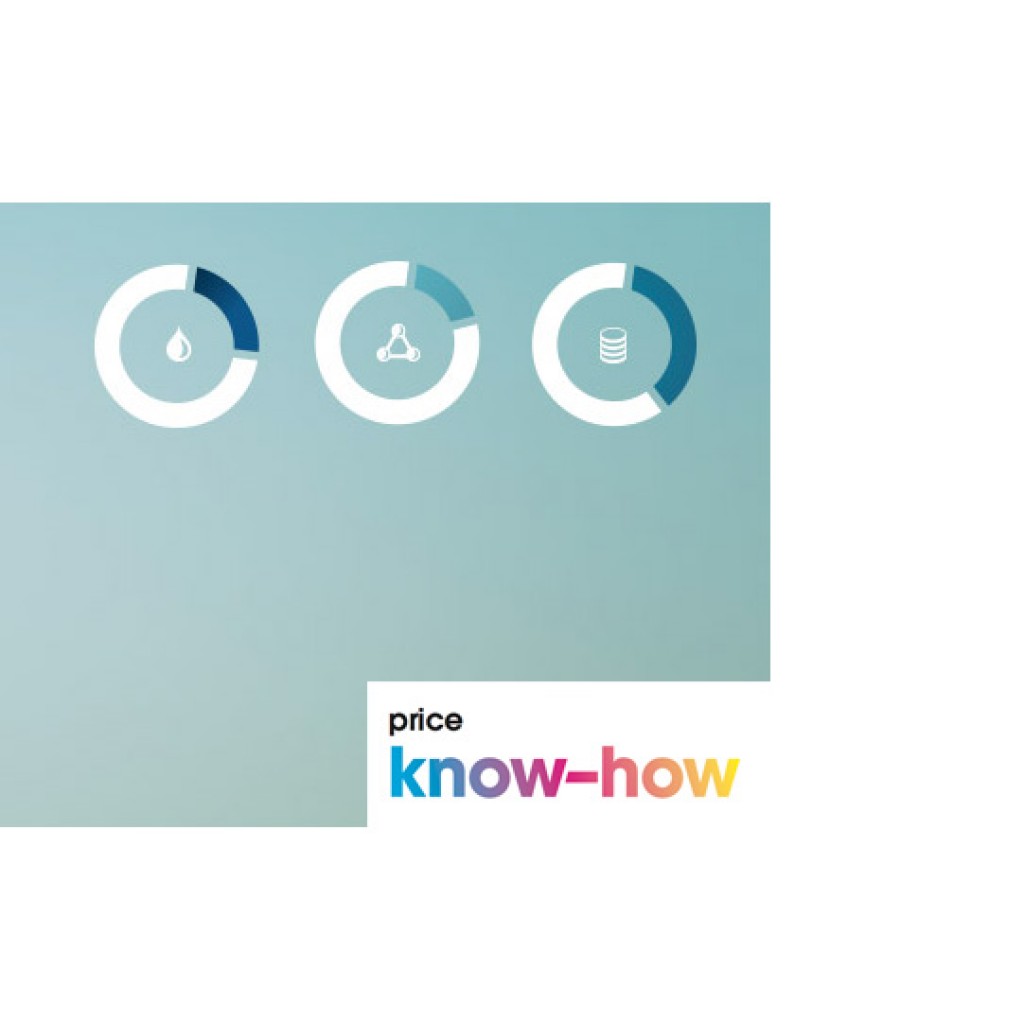Price know-how February 22

Polyolefin producers ponder pricing policy, as feedstock costs increase.
Price know-how January 22

Styrenic and Engineering polymers face significant feedstock inflation and polyolefin buyers adopt a cautious approach to the market as signals become more mixed.
Price know-how 2021 Review 2022 Outlook

Price Know-how Review & Outlook. 2021 turned out to be a challenging year, in which prices and availability were significant issues. Not only was price volatility a cause for concern, but for many materials prices were inflated to record highs. A crisis in the global container shipping industry not only illustrated the dependence of the polymer industry upon the free movement of goods but also the need to for this to take place at an economic cost so that goods can move freely to the point of demand. Natural phenomena including extreme weather events in the USA and the global Coronavirus pandemic brought further supply disruption. Finally, the world faced a shortage of IC Chips which significantly curtailed automotive production as motor manufacturers struggled to secure supply of these essential components.
Price know-how December

Conflicting factors cause confusion for polymer prices. The polymer markets entered a state of limbo, as a drop in crude oil prices was countered by a fall in the value of the GBP. Not only did the new Omicron variant of the Coronavirus bring with it a very real threat to the fortune of the global economy, but markets took the view that the UK economy was going to suffer to a greater extent, at least in the short-term, and hence the increasing weakness of the GBP against the Euro and the USD.
Price know-how November

The margin squeeze continues as polymer producers face resistance passing through feedstock and energy cost inflation. Polymer producers are experiencing cost pressure across all feedstocks, with the SM (Styrene Monomer) prices surging forward by almost £200 per tonne.
Price know-how October

Upward pressure on polymer prices resulting from increasing feedstock and energy costs. Once again, the Covid-19 pandemic has taught us to expect the unexpected and this time we are bearing witness to a significant increase in crude oil price as the world’s concerns now extends to the issue of energy availability.
Price know-how September

Falling feedstock prices coupled with improved availability across many polymer types start to place prices under increasing pressure.
Price know-how August

The situation on pricing continues to be complicated. The market for polymers continues to be complex as multiple factors act to greater, or lesser extent on pricing.
Price know-how May 21

Polymer prices continue to skyrocket as demand continues to outstrip supply. As outlined in all three sector graphs that appear in this publication, the rate of price increase for polyolefins, styrenic polymers and engineering polymers is significantly greater than for their respective raw material and energy cost inputs.
Price know-how April 21

For many in the industry the current state of affairs can only be described as shocking. Whilst feedstock cost is one of the key drivers of this exceptional situation, the lack of shipping containers, shipping delays and the high costs associated with shipping are all adding to the upward price spiral.
Price know-how March 21

Tight supply situation propels prices forward at an incredible rate. What began in December has skyrocketed through into March, leaving many converters amazed by yet another round of hefty price increases with the clear expectation of more to come.
Price know-how December 2017

Feedstocks move up in December resulting in upward pressure on polymer prices.
Price know-how October 2017

The major driver of feedstock costs in September was mainly related to the aftermath of storms affecting the US Gulf Coast, and in particular the impact of storm ‘Harvey’ in the Texas region.
Price know-how September 2017

Factors including exchange rates, feedstock price increases, strong demand, poor availability and even storms in the US are pushing prices upward.
Price know-how August 2017

Price increases look likely as polymer producers close order books early in August.
Price know-how July

Will standard polymer prices continue to soften, or is there a risk of price increases later in the summer?
Price know-how June

Whilst the results of the UK General Election have impacted on exchange rates, relaxation in some polymer prices will bring relief to many plastics processors.
Price know-how May

Styrene monomer prices have plummeted and C2 and C3 prices have rolled over from April into May. In the case of Ethylene, this comes after a rollover in price from March to April. For styrene monomer, the change appears to be a correction following the dramatic events which started in December last year and acted as the driver to propel polystyrene, ABS and other styrenic-based polymers to historically high levels in record order.
Price know-how April

According to the trade body Petrochemicals Europe, an amazing 95% of manufactured goods are dependent upon the use of petrochemicals, of which plastics and polymers are a significant part. Whilst many are neither aware nor perhaps willing to accept such reliance, it appears the producers of these materials are, for the time-being at least, able to optimise the economics of this reliance.
Price know-how March

Tight Supply of Both Feedstocks and Polymers Continues to Fuel Price Inflation.
Price know-how February 2017

Is it likely that increasing benzene prices, that are already impacting styrenic polymer pricing, will stimulate rapid inflation for engineering polymers?
Price know-how January 2017

A new year heralds higher oil prices and fresh calls for price increases, which are likely to be influenced by a recent fall in the value of the GBP following a strong rally at the end of 2016.
Price know-how December

A confusing picture with oil prices increasing, GBP strengthening, C2 and C3 prices falling, and Styrene Monomer prices increasing significantly.
Price know-how November

Pressure continues to build on polymer pricing as feedstock prices firm and Sterling continues to weaken; but for now there is still the uncertainty factor to contend with.
Price know-how October 2016

What are the implications for UK plastic processors as the GBP continues to weaken with ‘BREXIT SHOCK #2,’ at the same time as oil firms and some feedstocks increase in price?
Price know-how September 2016

Are Prices Finding a New Equilibrium After the Devaluation of GBP Following BREXIT?
Price know-how August 2016

Whether BREXIT will be regarded as the reason or simply the trigger for an economic slow-down, or if indeed other factors are of influence, is unlikely to be known for some time.
Price know-how July 2016

What is the Potential Impact of BREXIT on UK Polymer Prices?
Price know-how June 2016

French Strikes, UK EU Membership Referendum, Summer Shutdowns and a Less Robust Approach to Passing on Feedstock Costs, All Contribute to Market Uncertainty.
Price know-how May 2016

Whilst the moderate recovery in Crude Oil price has so far provided support for the requests of polyolefin and polystyrene producers to increase prices and in many cases ‘recover eroded margins’, there is now increasing evidence that more normal fundamentals are starting to apply to at least PP and PE pricing.
Price know-how April
Recovering Oil Prices Drive up Feedstocks with the Inevitable Push for Polymer Price Increases. Reinforced by Further Weakness of the GBP.
Price know-how March 2016

Whilst Extraordinary Polyolefin Margins Start to Decline, BREXIT uncertainty Weakens the GBP and Brings Inflationary Pressures Across the Board.
February Price know how

Weakness of the GBP Against the Euro Negates the Expected Price Reduction, and Are There Any Implications of a Bounce in Crude Oil Prices.
Sound insight from the UK’s leading polymer distributor

Alongside our monthly Price Know-how publication, at the beginning of every year we provide an assessment of what has happened over the past year and what may happen in the year ahead, particularly in terms of the outlook for polymer prices. We publish this insight here on our website, as well as via BP&R and in-part through PRW, thereby taking advantage of widespread industry circulation opportunities.
Availability and Currency Continue to Influence Prices
Whilst the downward spiral of Crude Oil prices continues, and in spite of mainly less substantial feedstock cost reductions, prices for polyolefins and polystyrene continue to be robust. In the case of PE, the near 5% reduction in the value of the GBP vs Euro since the beginning of December entirely offsets the reduction in feedstock, and in the case of PP, significantly reduces the potential benefit of the more substantial €50 per tonne fall in January’s contract C3 price.
Oil Price Down, Monomer Prices Stable or Increasing, Polyolefin and Polystyrene Prices Increasing
Oil Price Down, Monomer Prices Stable or Increasing, Polyolefin and Polystyrene Prices Increasing
Is the Disconnection Between Polymer and Oil Prices Sustainable?

Is the Disconnection Between Polymer and Oil Prices Sustainable?
To purge or not to purge…
It is a long time since I completed a colour change in a busy mould shop, but I can remember spending large amounts of time, and a lot of polypropylene, becoming increasing frustrated by the tiniest amount of red compound that just would not shift.
Increasing Availability puts Polymer Producers’ Margins under Increasing Pressure

As September progresses, it is increasingly apparent that producers are both willing and able to make further concessions in the market and is anticipating that prices will continue to fall. It is likely that contract feedstock prices will drop further on the back of weak oil prices for October.
DuClear CE 85 B PPRCP

DuClear CE 85 E is a new and revolutionary grade of speciality clarified polypropylene random copolymer (PPRCP).
Which Market Fundamentals Are Now Driving Polymer Prices?

Following the market turnaround in February this year, the subsequent issues relating to polymer production in Western Europe and the weak Euro reducing attractiveness to imports, polyolefin and polystyrene prices became increasingly disconnected from feedstock costs.
Market Fundamentals Drive Polyolefin Price Premiums over Feedstock?

Whilst few people were surprised by the increase in C2 and C3 pricing largely reflecting the increase in crude oil price (see table below), the triple digit increase in PP and PE pricing was a shock.
Is the Supply Situation Likely to Improve Anytime Soon?

The pressure on supply and consequent impact on prices has been both a function of exchange rates and output/availability within the EU.
How Long Will the ‘Perfect Storm’ Conditions Persist?

Nobody could have contemplated firstly that demand from processors would be so strong in February, and secondly that so much upstream capacity would be taken out of production as a result of un-planned maintenance.


